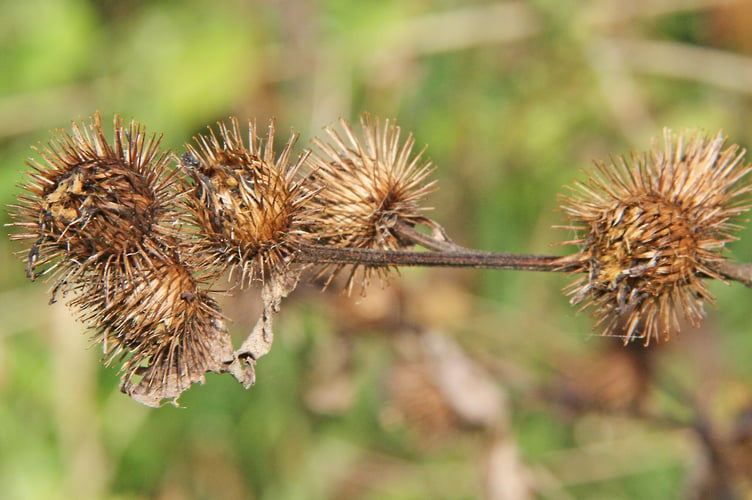ONCE again, I walked around the corn stubble in what was once a field of barley and found that at last, the common fumitory flowers were in bloom. That makes four different flowers that I have found on this field. First, in August the field pansies appeared, then dames violets came into bloom and then, during this month, loads of lovely common fumitory have appeared along with the occasional rape flowers.
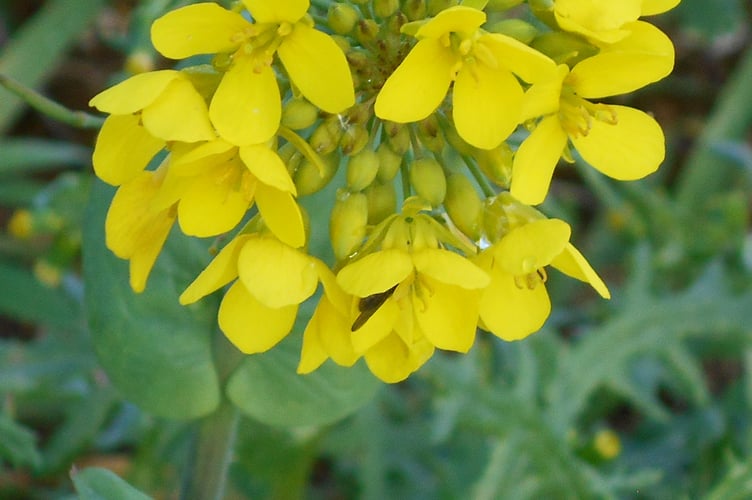
Vast fields of this yellow flowered rape plant with leaves that surround their stems, are now a common sight during the summer months, grown for their oil bearing seeds that produce cooking oil. However, some seeds are blown on the wind or are carried by birds to grow on waste ground or on the road side. A beautiful flower all the same.
It’s ironic really but this smallish field is where the Quethiock Annual Flower Show was started in 1893 and continued annually during the 1900s. Photographs in Mary French’s book A Victorian Village, show that back then this village gathering was a very formal event with men wearing their best suits and bowlers and the ladies in their Sunday best dresses and bonnets. A splendid day out that must have been the highlight of village life.
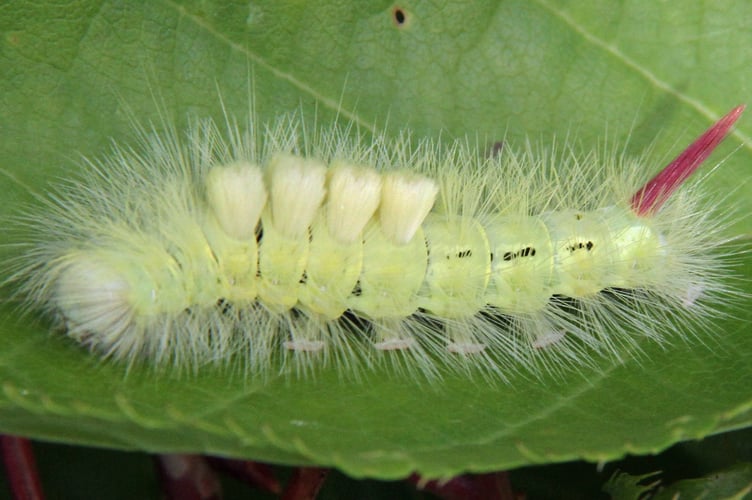
There are a few different moth caterpillars that can be seen now on the hedgerows and in the garden. The easiest to spot is the caterpillar of the pale tussock moth which is almost completely pale yellow and very hairy, with a red sharp spike-like tail. Its face is almost completely hidden. The brown-tail moth has a black bodied caterpillar that has multiple red, white and yellow markings and tufts of light brown hair. I spotted both of these caterpillars on a walk around the village.
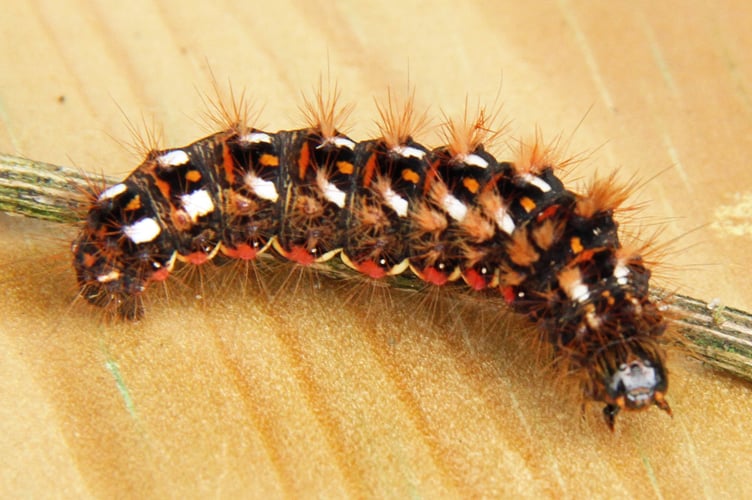
There is a patch of germander speedwell flowers on the bank beside our drive. Lovely blue flowers, not very big and they only open wide in sunlight. During the afternoon, unless the sun is very bright, they close up for the night. Speedwell tends to colonise roadsides and it was thought that the sight of these lovely flowers would speed travellers on their way.
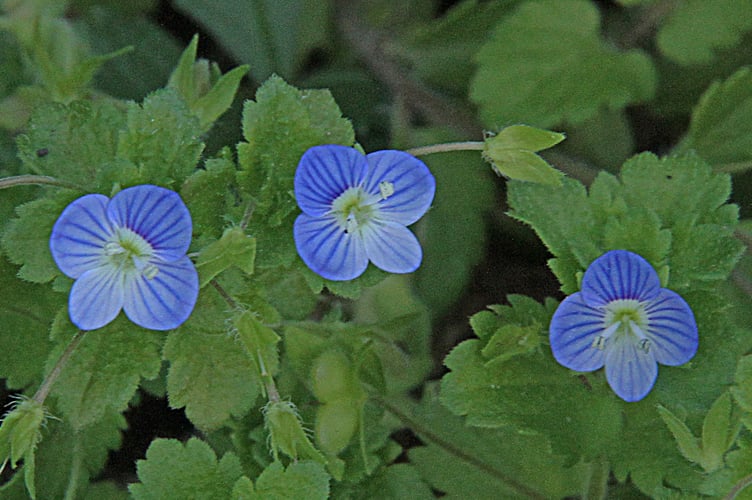
At this time of the year the long climbing tendrils of black bryony cover the hedges with loads of red berries. In fact, they look just like endless strings of beads thrown there to decorate the hedgerows. With their tiny light green flowers that precede the berries, one might wonder how the plant got its name - in fact it is named for its black, fleshy roots.
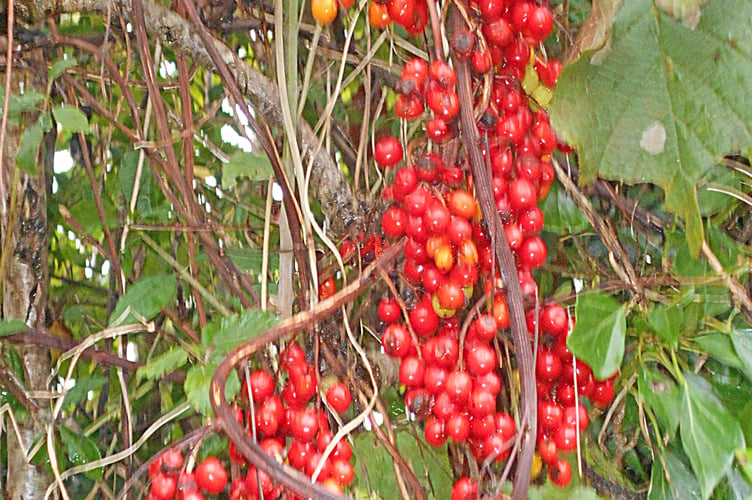
The dried fruits of burdock plants always remind me of my school days when we would all pick these fruits, known as sticky buttons and throw them at each other causing these marble size balls that are covered in needles, to stick to our clothes. Woolly jumpers literally attracted these clingy buttons which were a devil to fully remove. They always left lots of tiny brown mess which Mother hated!
